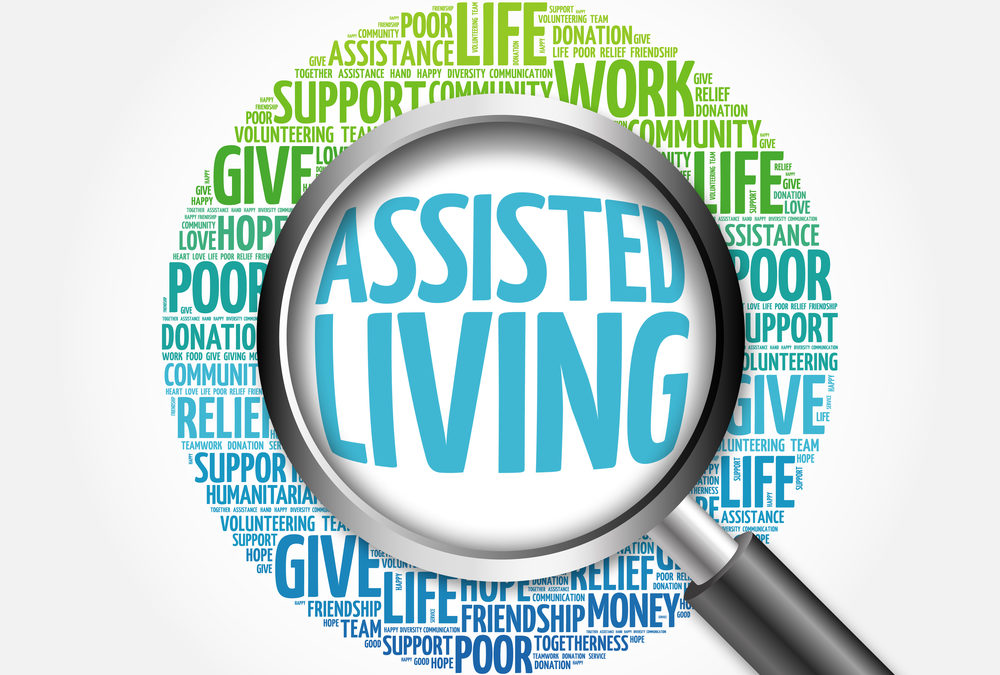Many of our clients must face the choice of whether to stay home or move into an independent or assisted living community. How do you know when it is time to make a move?
Thank you for reading this post, don't forget to subscribe!Staying at home is familiar, and comforting. You know where everything is, and can predict what it costs based on prior years. Often there is an emotional attachment to the home where you have lived for years. On the other hand, an independent or assisted living facility can provide more support. You will not be responsible for maintenance and upkeep. You will have someone to prepare meals, and usually do basic housekeeping. You also have the chance to make new friends and participate in group activities.
To know when a move would be beneficial involves many aspects: medical, financial, legal and emotional. A true team approach can help in gauging when a move is beneficial and help structure the move so that the disruption is minimized.
Medically we look to make a move if the client cannot perform some of their “activities of daily living” independently. (Activities of daily living include dressing, eating, bathing, toiletting, walking and making transfers.) Another indication of a needed move would be memory decline such that the client cannot manage their medications. Or a home may be unsafe for the client by virtue of too many steps, uneven surfaces, lack of grab bars, etc. We look at what supports are available in the home, and any assistance we could afford to add either through a long-term care policy, or Veteran’s benefits such as Aid and Attendance. The more private assets or other benefits we can use, the longer a client can stay in their home.
However, there are other benefits to moving. A client who is isolated and has few outside contacts may suffer from the loneliness and experience depression. At an assisted living or independent living facility the client will have more daily opportunities to meet other people who have time to visit or share in common interests. The activities and meals can be chances to make new friends and interact with others.
Financially, it might be a net savings to move into a facility. Yes, they have a monthly rent charge which might sound high when you first hear it. However, the rent includes the meals and utilities that you were paying separately. Some of our clients have found that a nice assisted living facility saved them money when they no longer had to pay homeowner’s association (or condo association) fees, mortgage payments, taxes, utilities, lawn care, pool care, groceries, etc.
However, we do need to analyze the legal background and what you might be giving up before suggesting a move. Is there a reverse mortgage on the property? If so, the move will trigger repayment of the balance. Also, is there a current or foreseeable future need to move one of the clients into a skilled nursing facility? If so, we might want to apply for Medicaid to pay most of the cost of the nursing home. Since a home is an exempt asset, it might be best to keep the home and arrange for needed care within the home until the nursing home placement is accomplished. Similarly, if we see an upcoming need to apply for VA Aid and Attendance, the home may be easier to protect than the sales proceeds from the home.
There are many aspects to the decision to leave the home. It is best to consult with someone who can offer the multi-disciplinary guidance to consider all angles before deciding to make a move. If a move is indicated, we are blessed in Southwest Florida to have many wonderful facilities to choose from. There should be one to suit your preferences!
